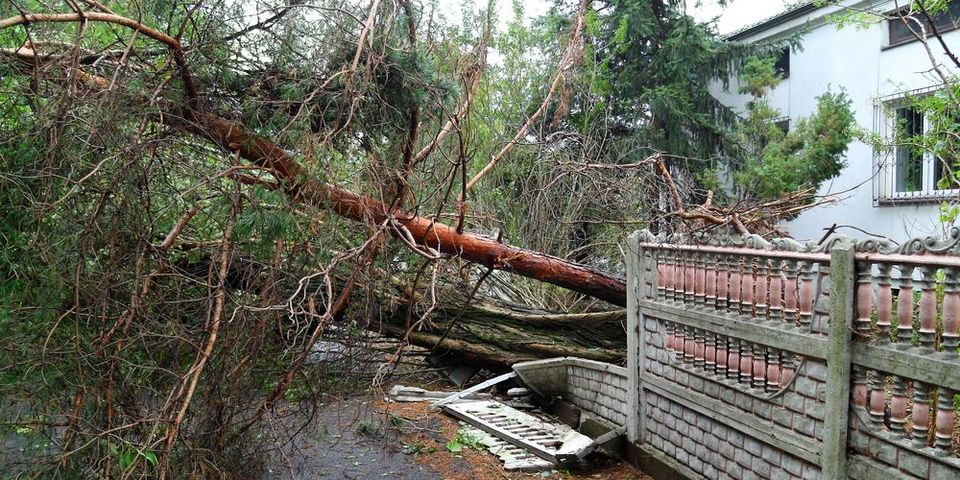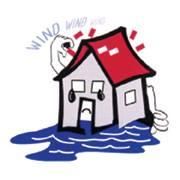5 Facts Homeowners Need to Know About Wind Damage

It’s a homeowner’s worst nightmare — after a long and especially windy day, you come home to discover that Mother Nature has driven a massive tree branch directly through your living room. Wind damage can impact any home, particularly if you live in an area that is prone to high wind speed.
As a homeowner, here are some facts you should know about wind damage — and how a few key home improvement upgrades will help protect your home.
Most Policies Cover Wind Damage
Whether the wind strips the shingles off your roof or a tree branch ends up on your couch, chances are high that your homeowners insurance policy will cover losses that result from wind damage. Most policies also include coverage for damage from wind-driven rain, snow, or hail.
Most Policies Won’t Cover Loss Caused by Negligence
Remember that tree branch in your living room? If your insurance provider determines the tree was already going to fall down due to rot, they might not cover any losses. Here’s their argument — as a responsible homeowner, you should have addressed the rotting tree branch before the storm hit. Similarly, if the tree branch ends up causing damage to your neighbor’s home, you might be considered responsible.
Protect Against Wind Damage With a Few Home Improvement Upgrades
 You can safeguard your home with a few key home improvement upgrades. For instance, keep your shrubbery trimmed, and work with a contractor to ensure your roof covering can withstand high winds. If you live in a high-wind area, consider installing permanent storm shutters as part of your next home remodeling, and make sure loose objects — like grills and deck furniture — can be moved or firmly secured in the event of windy conditions.
You can safeguard your home with a few key home improvement upgrades. For instance, keep your shrubbery trimmed, and work with a contractor to ensure your roof covering can withstand high winds. If you live in a high-wind area, consider installing permanent storm shutters as part of your next home remodeling, and make sure loose objects — like grills and deck furniture — can be moved or firmly secured in the event of windy conditions.
You Might Be Subject to an Anti-Concurrent Causation Clause
If a tree branch through your window was a nightmare, then consider this a double nightmare — a particularly bad storm causes wind damage and flooding. Many homeowner insurance policies contain an anti-concurrent causation clause. This means your insurer may not cover damages that result from two simultaneous disasters, unless you’re covered for both wind damage and flooding.
Insurance May Not Cover the Cost of Removing Debris
Wind damage doesn’t just cause rogue tree branches — it also results in debris that will need to be safely removed. However, if a tree fell because of high winds and did not damage your home, your insurer may not cover debris removal. In that case, you may need to work with a contractor who has experience in emergency restorations.
From home improvement to wind damage restoration, Reliable Restorations is a one-stop shop for homeowners in the Northampton, PA, area. With over 15 years of experience, the team at Reliable Restorations goes above and beyond to completely restore and remodel your home. Contact them today at (610) 972-2506 or visit their website for a full list of services.
About the Business
Have a question? Ask the experts!
Send your question

